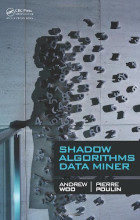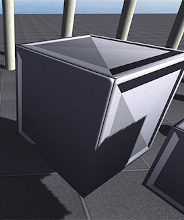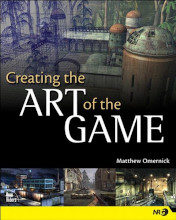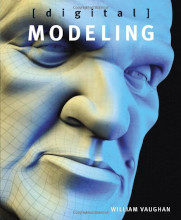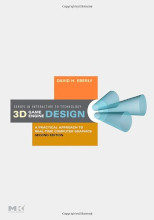Creating a 3D Game Engine (Part 24)
It’s been some time since the last 3D engine update, but I’m still sticking with it. Currently I am working on getting a physics engine implemented. The video you see above is the first glimpse of this custom physics engine. Obviously it’s ultra basic right now, but

